Author: Wang Lingfang
More and more auto companies are enthusiastic about naming their battery systems and creating their own technology brands.
On September 17th, Landtu Automotive also released two major battery systems, named Amber and Mica, with their biggest feature being safety.
In order to showcase their achievements in battery system safety, Landtu invited dozens of media outlets from all over the country to witness their test results at the China Automotive Technology & Research Center.
Landtu’s demonstration to the media focused on three main tests: compression, collision, and high temperature water immersion.
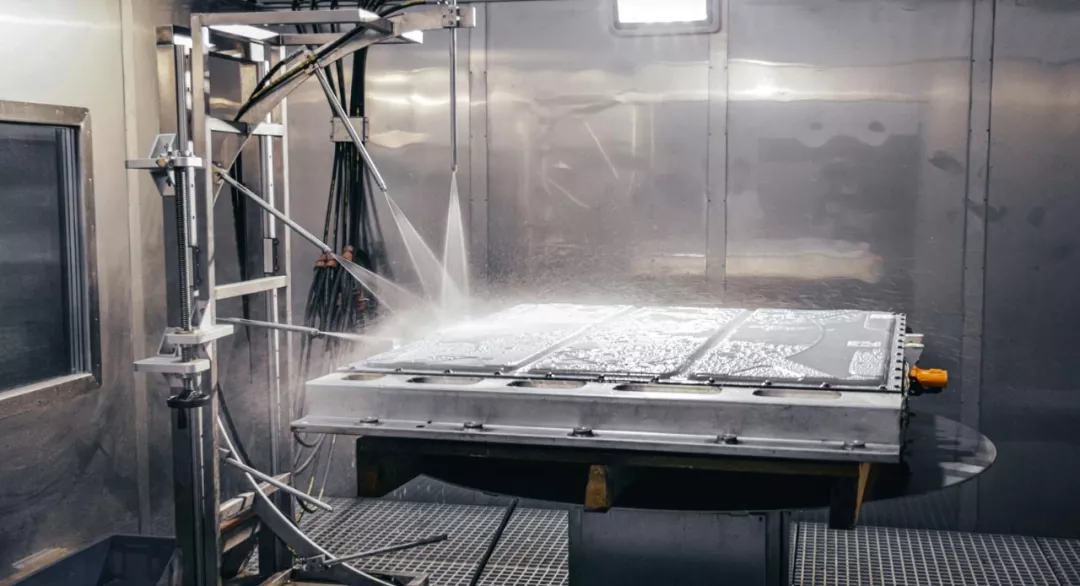
In the battery system thermal diffusion test conducted in accordance with the new national standard, after the battery monomer underwent thermal runaway, the two major battery system technologies of Amber and Mica not only achieved “no fire for 5 minutes,” but also achieved “no fire, no explosion” for up to 30 minutes or even 50 days of storage.
In addition, Landtu also announced its next generation battery plan, with the goal of achieving an energy density of 330Wh/kg for high-nickel soft pack batteries, adding solid-state batteries to the commercialization development schedule, and preparing for mass production of high-power fast charging technology that can charge 60% of the battery in 20 minutes. Research is underway on the second generation super-fast charging technology, which will reduce charging time to 10 minutes based on vehicle 800V and SiC technology, and achieve the goal of charging for 10 minutes for a 400km range.
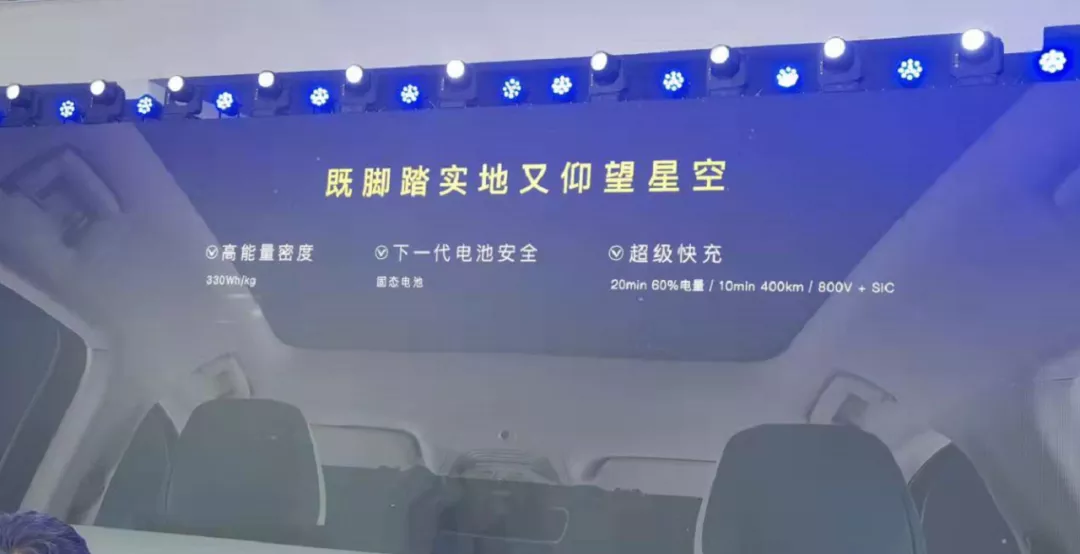
The insulation methods of “Amber” and “Mica” are different
Let’s first understand the two technologies. Their similarity lies in the use of the “three-dimensional insulation wall” technology, while the difference lies in the material and structure of the three-dimensional insulation wall.
According to the introduction of Huang Min, the director of new energy technology at Landtu Automotive Technology Co., Ltd., the “Amber” battery system fills the battery pack with a special organic silicon composite material. This material combines organic silicon polymers with low density insulation materials and flame retardants to form a highly efficient thermal insulation, flame-retardant, and insulating layer, allowing each battery cell to be fully encapsulated, like “amber,” hence the name.
The “Mica” battery system adds layer-by-layer Al-Si mica and aerogel inside the battery pack, and the battery cells, mica, and aerogel are layered and stacked like mica stones. The name “Mica” comes from this.
In terms of specific applications, the “Amber” battery system technology is used in the Landtu FREE pure electric version, and the “Mica” battery system technology is used in the Landtu FREE extended-range version.
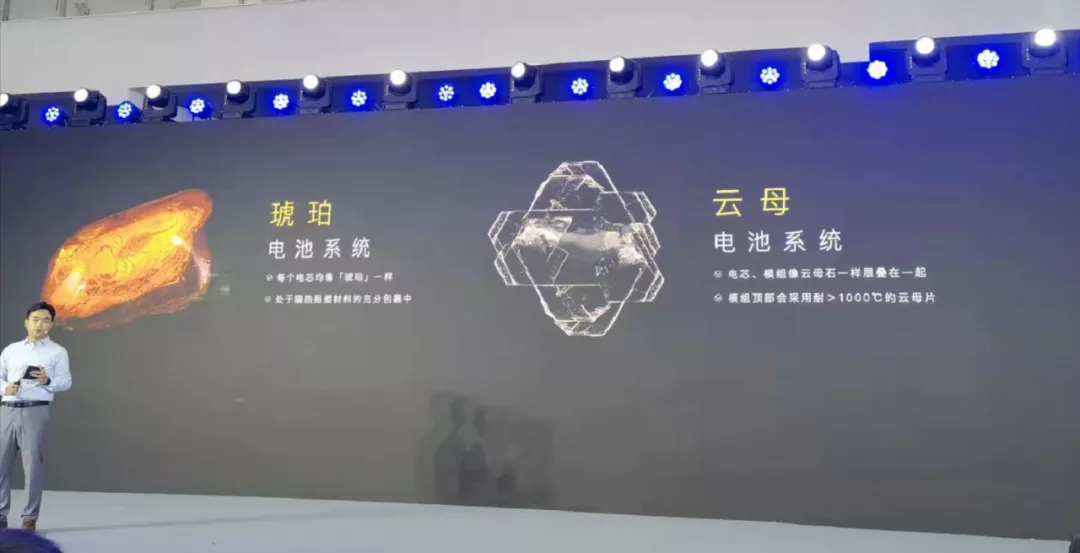 The “Amber” battery system is applied to the Voyah FREE pure electric version, which uses high-energy-density aluminum shell cylindrical ternary battery cells, and the NEDC range of the whole vehicle reaches 505 kilometers.
The “Amber” battery system is applied to the Voyah FREE pure electric version, which uses high-energy-density aluminum shell cylindrical ternary battery cells, and the NEDC range of the whole vehicle reaches 505 kilometers.
The “Muscovite” battery system is applied to the Voyah FREE extended-range version, which also uses ternary batteries and is connected to a range extender core composed of a 1.5T four-cylinder engine, ultimately achieving a NEDC range of 860 kilometers for the entire vehicle.
Creating a Five-fold Protection System
In addition to the protection provided by the battery system itself, Voyah has also set up a five-fold protection system outside of the battery system, consisting of customized body protection, high-strength framework, pressure transmission, deformation energy-absorption, and double-protection design of battery cells.
The first layer is body protection. Since the front and rear of a car have enough space for buffering and energy absorption, the sides are usually the direction that poses the greatest threat to the battery system. The B-pillar structure of the Voyah FREE model adopts 1500Mpa ultra-high-strength steel with TRB technology; the threshold position of the car door uses a double-layer structure of 1500MPa ultra-high-strength thermally formed steel; and the front and rear car doors have collision-resistant beams made of the industry’s highest-level 2000MPa thermally formed steel.
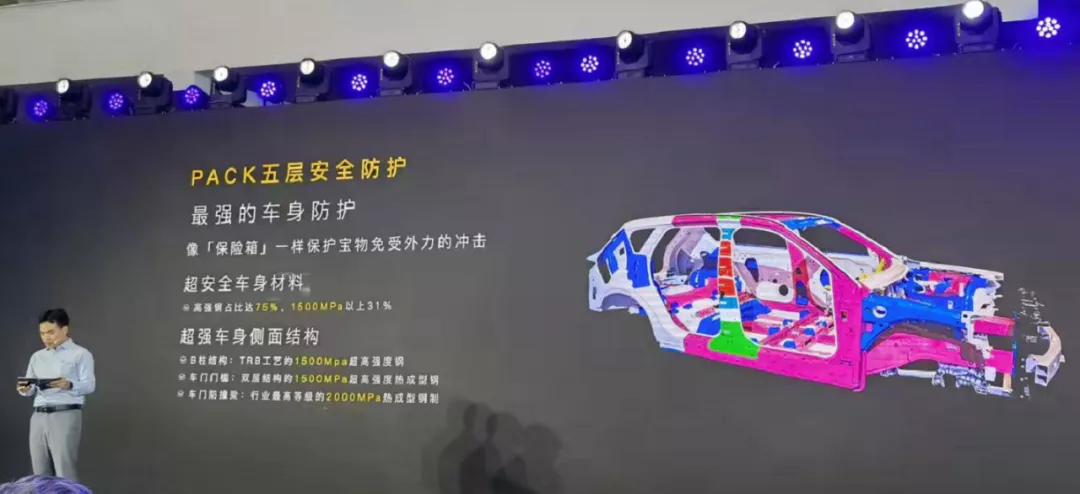
The second layer is a high-strength framework. Inside the high-strength vehicle body, the battery pack shell uses a high-strength aluminum alloy framework with a special design with multiple reinforcing ribs, making the entire battery pack structure stronger and more resistant to impact. In Voyah’s safety tests, the battery pack can withstand a crushing force of up to 20 tons (equivalent to the weight of a light tank) without any safety incident.
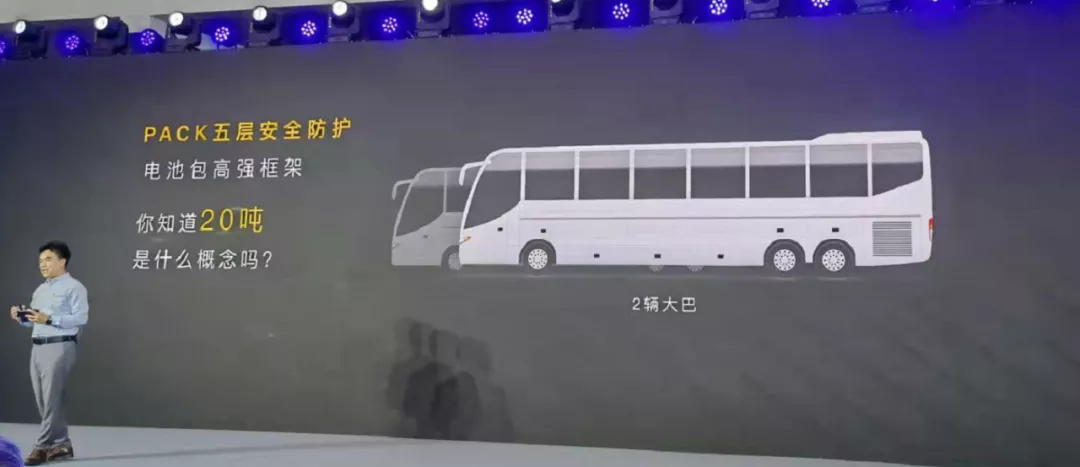
The third layer is efficient pressure transmission. The battery pack system’s protective design is not limited to the shell. Inside the battery pack, Voyah designed multiple horizontal and vertical reinforcement beams that match the vehicle body structure. Through a three-dimensional structure spanning the entire battery pack, the collision energy from the outside is fully decomposed and absorbed, protecting the internal cells from impact damage.
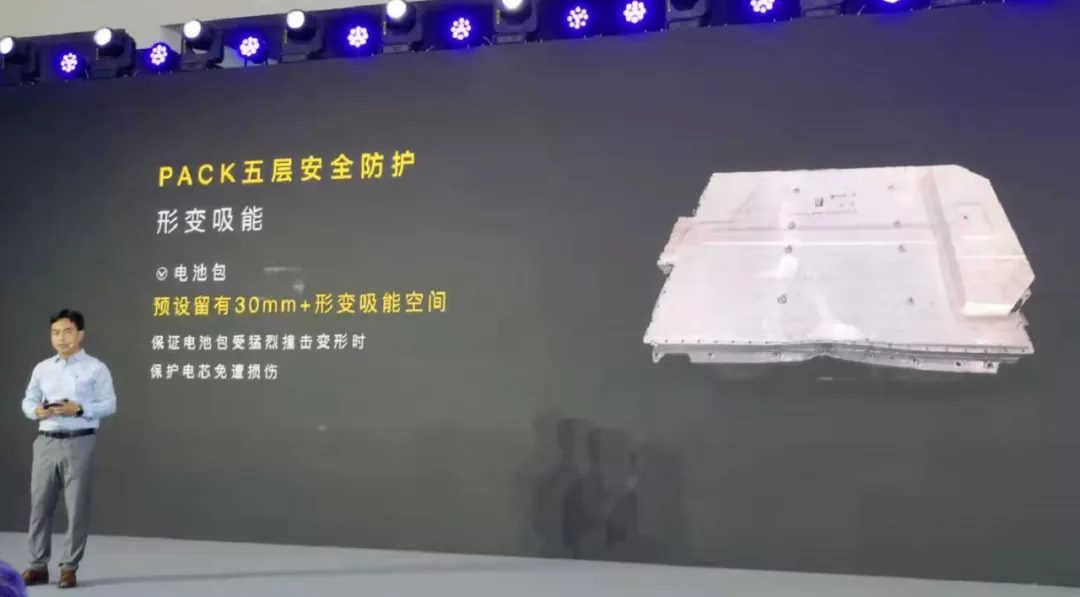
The fourth layer is deformation energy-absorption. Assuming that the battery pack suffers rare and excessively violent impact that cannot be completely avoided, Voyah has preset deformation energy-absorption space for the battery pack, leaving over 30mm of deformation space. When the battery pack is impacted and deformed, it protects the cells from damage. Efficient deformation energy-absorption is Voyah’s approach to the battery system.The fifth layer is the dual protection of the battery cell. LanTu has developed a unique explosion-proof valve and a fuse device for the battery cell. Once an extreme impact occurs, causing a short circuit or an increase in pressure inside the battery cell, the double protection of the battery cell can immediately activate its protective function, cut off the short circuit loop inside the battery and release additional pressure, ensuring that the battery does not catch fire or explode.
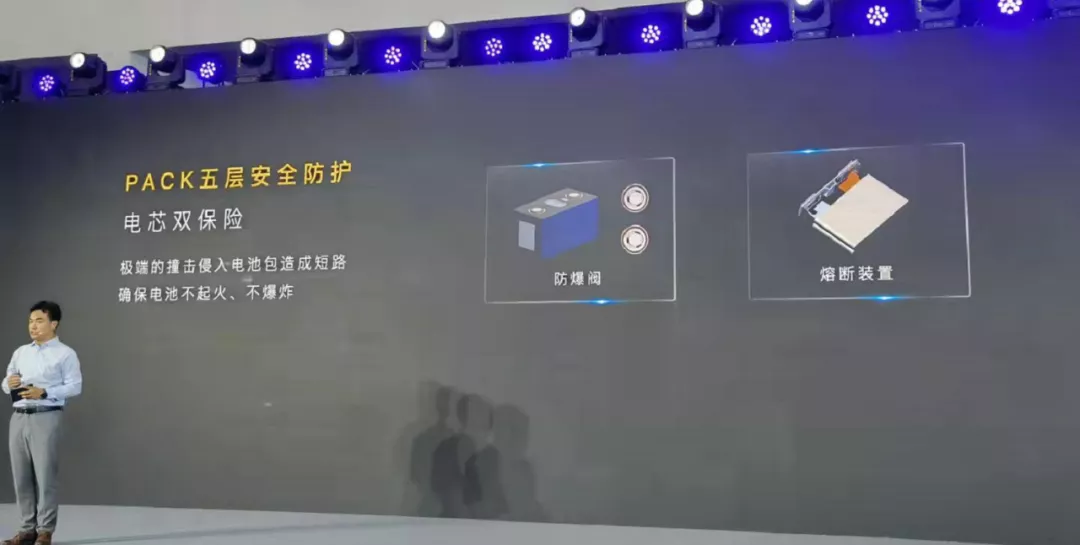
The result of the comprehensive protection of the battery system is that in the rigorous European standard test of a 75° oblique angle, 32km/h overall vehicle side impact with a pillar, the LanTu FREE beam only suffered minor deformation and the battery module was not deformed or crushed.
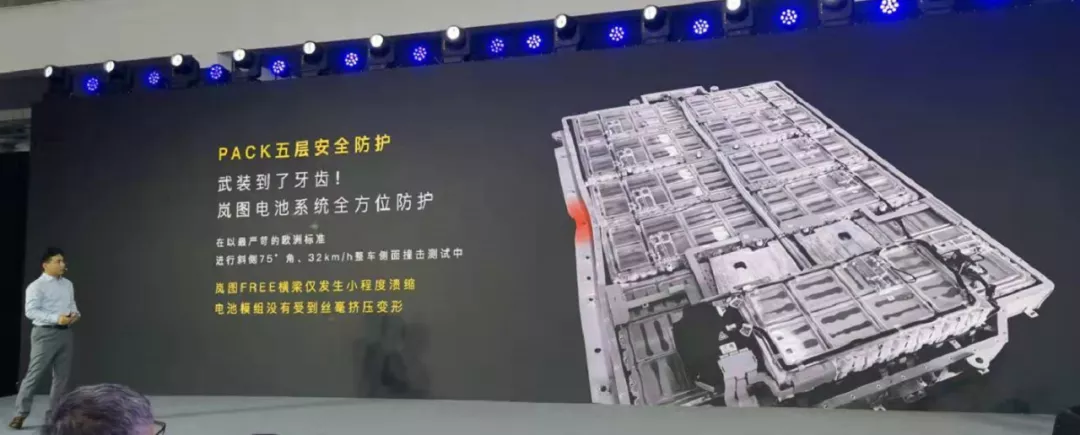
Equipped with Exclusive Cloud-Based BMS
LanTu has also not overlooked research and development on BMS.
Based on the latest OTA reservation technology for on-board BMS, LanTu has developed an exclusive remote power battery data analysis and management technology – LanTu Cloud BMS. Compared with traditional vehicle BMS, LanTu Cloud BMS can simultaneously serve millions of vehicles online, effectively ensure user safety throughout the battery life cycle, through analysis and calculation of big data information from both the vehicle BMS and user driving habits.
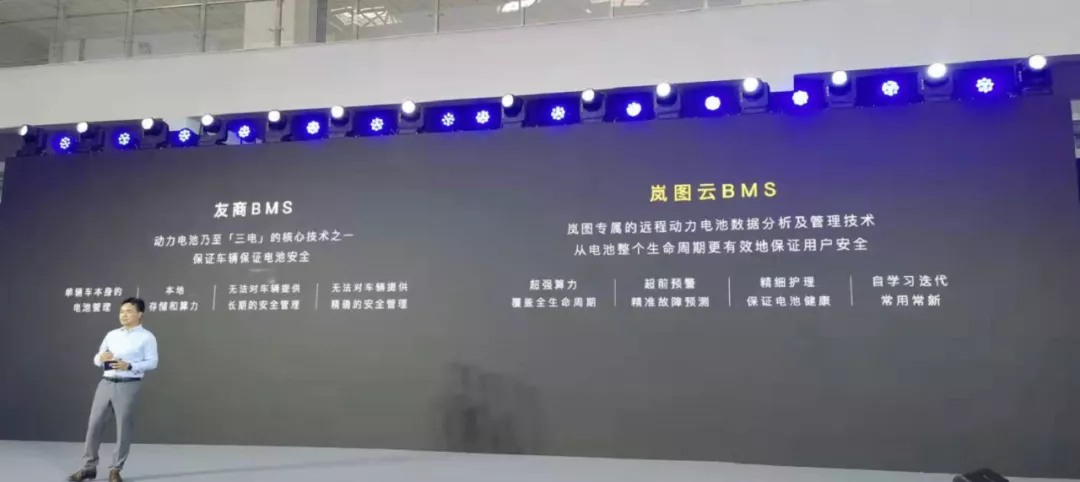
Huang Min stated that compared to friendly competitors, LanTu Cloud BMS has four significant functions and advantages: supercomputing power, advanced warning, meticulous care, and self-learning iteration.
(1) Supercomputing power, covering the entire life cycle
Compared with traditional vehicle BMS that can only provide data calculation for a single vehicle and short-term information storage of 3-5 days, LanTu Cloud BMS can simultaneously serve millions of vehicles online and respond to 95% of requests within 1 second, analyze and permanently store data of PB level (1PB=1024TB), and ensure data reliability of 99.99%.
(2) Advanced warning, achieving accurate fault prediction
LanTu Cloud BMS has established a cloud-based fault monitoring model based on two-dimensional detection of expert rule-based fault threshold and outlier detection based on entropy algorithm, and performs big data analysis and tracking. It provides targeted battery management plans and suggestions in real-time, achieves accurate diagnosis, and provides advanced warning with 7*24 hours’ online tracking.
In addition, based on historical operational conditions and fault data, deep neural network algorithms are used to detect battery fault risks, achieving early prediction of vehicle deep-level and key faults.黄敏 stated that LanTu can predict key faults such as smoke, fire, and explosion 2 hours in advance, and can provide a one-week advance warning for faults such as short circuits and undervoltage within the battery.
(3) Elaborate care ensures battery health
LanTu Cloud BMS has established a comprehensive battery health evaluation system from multiple dimensions such as usage conditions, charge-discharge rate, and depth of charge-discharge. By using machine learning algorithms to establish battery life prediction models, the system can accurately predict the 80% and 70% life cycle points of the battery with a high accuracy rate of 95% (meaning that the error of predicting the battery health status 10 years later while standing at the current point would not exceed 5%). Based on these core technologies, the system provides users with optimized maintenance and care suggestions for the battery system and continuously tracks and analyzes the battery status.
(4) Self-learning iteration keeps up with the times
LanTu Cloud BMS has a self-learning function. As the number of vehicles increases and usage time grows, its fault and life cycle prediction models can continually optimize their parameters to improve their prediction accuracy and become increasingly intelligent.
On the vehicle side, the BMS focuses on short-term battery safety analysis and execution, while on the cloud side, it focuses on long-term battery safety planning and prediction. LanTu aims to achieve close coordination between the “cloud” and “vehicle” ends to provide users with comprehensive and life-cycle-oriented battery safety protection.
LanTu has made extreme efforts with regard to safety. While most national standard testing involves simple stress tests of battery packs, such as water immersion, environmental durability testing, and mechanical durability testing, LanTu recognizes that the battery system may be subject to multiple stresses simultaneously in actual user scenarios. Therefore, it has added over 60 harsh multi-stress combination tests beyond the national standards, including multiple extreme tests such as continuous high- and low-temperature storage, extreme temperature impact, equivalent vibration of bearing 450,000 km, six-direction mechanical shock, insulation voltage resistance, and water immersion to test the true strength of the battery system.
For instance, in its “routine” testing, LanTu exposes the battery pack to vibration and shock under high- and low-temperature cycling and performs charging and discharging tests after salt spray corrosion followed by humid heat cycling.
While there are only more than 20 national electric vehicle battery safety testing standards, LanTu has added over 60 testing items and simulated user-scenario driving conditions with a total of 80 major and 150 minor items of extreme, harsh testing.
For its future battery planning, LanTu will incorporate high-nickel three-element soft-pack batteries to achieve complete thermal stability and battery energy density of up to 330Wh/kg. Furthermore, solid-state batteries have been included in LanTu’s commercial development schedule for the next generation battery technology.In terms of high-power fast charging technology, the high-power fast charging technology developed by Voyah Automobile will soon be put into production, with the capability of charging 60% power in 20 minutes. At the same time, the second-generation super fast charging technology is under development, based on the whole vehicle 800V and SiC technology, and the charging time will be further reduced to 10 minutes, achieving the goal of charging for 10min and driving for 400km.
This article is a translation by ChatGPT of a Chinese report from 42HOW. If you have any questions about it, please email bd@42how.com.